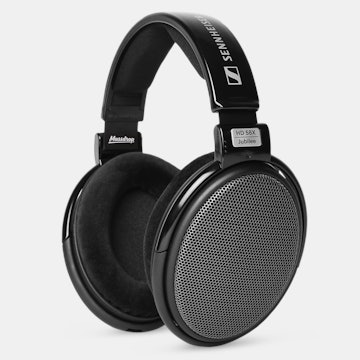Click to view our Accessibility Statement or contact us with accessibility-related questions



Showing 1 of 11 conversations about:

jakob.s
72
Dec 1, 2020
bookmark_border
I can't ever help but be a bit bothered that most of the Drops from Ety cut off at 15-18kHz on the freq response. Does this ever sway a decision for anyone else? I would think even a 44.1kHz PCM could push these beyond that and affect the sound.
Qwervy
464
Dec 2, 2020
bookmark_border
jakob.sNo, it doesn't sway a decision from me. The graphs I've seen only cut of at about 17khz which is perfectly fine. Most people cant hear above 15 to 17khz anyway and it can make the sound sound less grainy and smoother. More on that is that 15khz-20khz sound very similar and the majority of cymbal and s-region information happens around 7khz to 13 khz.
A lot of the time drivers aren't capable of providing a nice clean 15khz to 20khz anyway and end up sounding grainy and gross so not having that isn't a big negative to me.

jakob.s
72
Dec 4, 2020
bookmark_border
QwervyWould it possibly distort the sound if 20kHz was pushed into a headphone not rated to go that high though? I know Ety products are supposed to be very detailed and I wouldn't want that to get messed up by pushing the limits of less-capable drivers. In testing I can usually hear up to 19.5-20kHz fairly reliably.
Qwervy
464
Dec 5, 2020
bookmark_border
jakob.sIt really depends on the distortion response of the driver, which is usually separate to the frequency response. In the vast majority of cases this isn't an issue. Very loud low frequencies on the other hand tend to have a much easier time distorting other frequencies as they require the driver to move much further in order to achieve the same volume.
Another thing to consider is that distortion presents itself as an increase in amplitude or creation of higher frequencies or harmonics of the original sound/fundamental. This means that if you have a loud sound at 18khz, the resulting distortion will most likely be above 20khz. In fact harmonic distortion occurs in a fairly repeatable graph. (This is ignoring other small things that occur near the fundamental as they are usually so much lower in volume that they are the last things to be heard.)
Harmonic distortion tends to follow a pattern of double the fundamental frequency, with each next harmonic being half of the previous gap. (10hz fundamental, 20hz first harmonic, 25hz second harmonic etc etc. Note: this is simplified and actual harmonics aren't perfect integers like 1x 2x 2.5x 2.75x.) Point is that if you have a sound at 18khz, the next part of the harmonic distortion is going to occur at 36khz which is well above audible range.
















